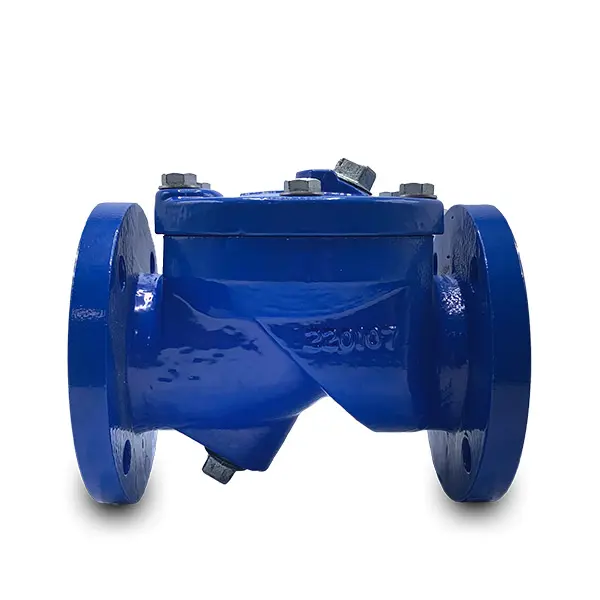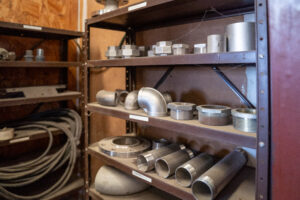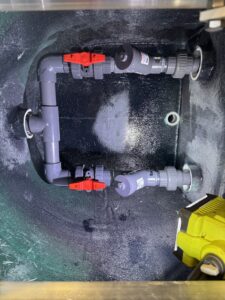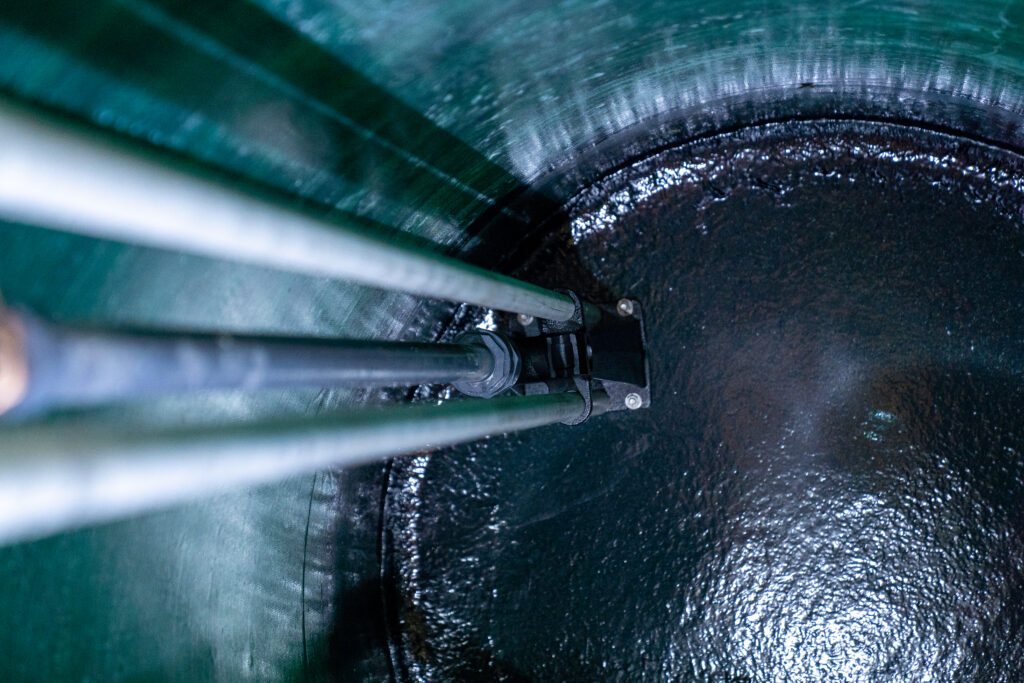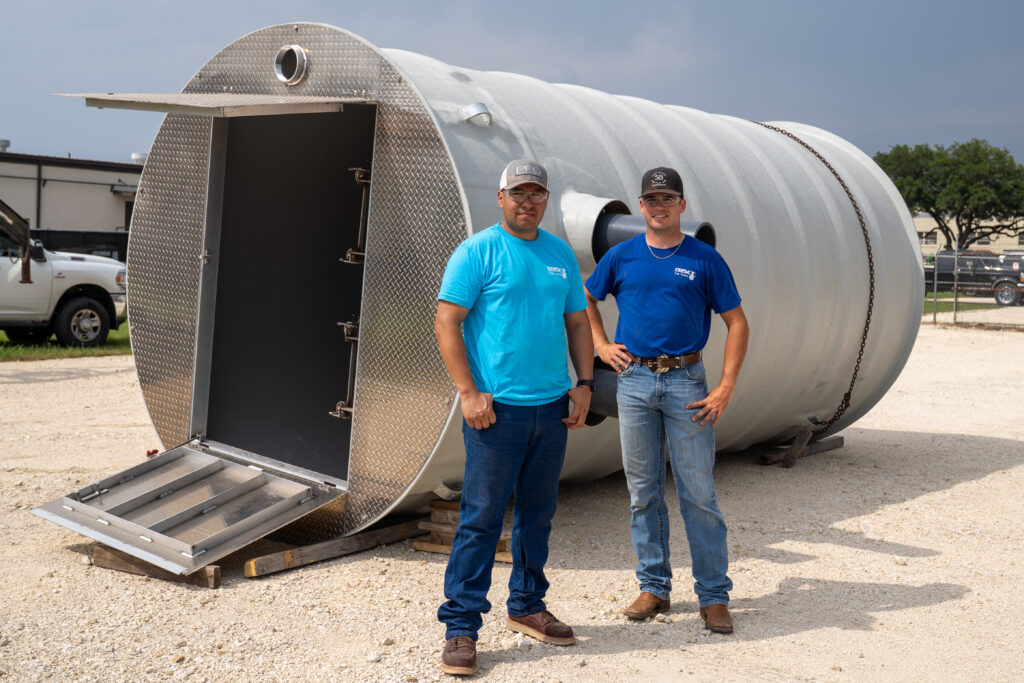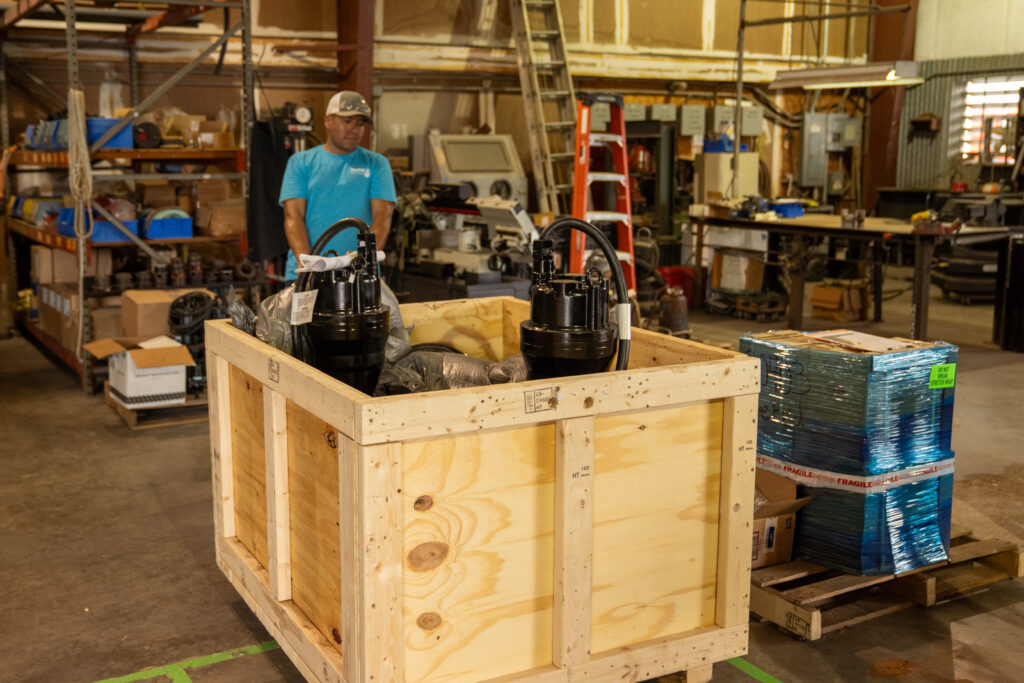Lift stations are designed to move wastewater efficiently from lower to higher elevations. While pumps, floats, and guide rails are essential for operation, another small but critical component keeps everything working smoothly—the check valve. Without it, your lift station could experience backflow, added stress on pumps, and costly damage.
What Is a Check Valve?
A check valve is a one-way valve installed in the discharge line of a pump. Its job is simple:
- Allow flow in one direction (away from the pump toward the force main).
- Prevent reverse flow (back into the wet well once the pump shuts off).
This automatic action protects the system without requiring any manual operation.
Why Are Check Valves Important in Lift Stations?
- Prevent Backflow
- When a pump shuts off, wastewater in the force main can try to flow backward into the wet well.
- A check valve stops this reverse flow, keeping the wet well from overflowing and preventing pumps from running unnecessarily.
- Reduce Pump Wear and Tear
- Without a check valve, pumps would need to re-pump the same water over and over.
- Preventing backflow reduces pump cycles, extending pump life and lowering maintenance costs.
- Protect Against Water Hammer
- Water hammer is a sudden pressure surge that happens when flow reverses quickly.
- A properly sized and installed check valve reduces the risk of damaging pressure spikes in the piping system.
- Improve Efficiency
- By maintaining forward flow, check valves help pumps operate at maximum efficiency.
- This keeps energy costs lower and ensures reliable station performance.
Types of Check Valves Used in Lift Stations
- Swing Check Valves: Simple design with a hinged disc that swings open and closed with flow.
- Ball Check Valves: Use a heavy ball that moves with the flow; often used in wastewater for their ability to handle solids.
The right choice depends on the pump size, solids content, and system design.
Best Practices for Check Valve Maintenance
- Regular Inspections: Check valves should be inspected during routine maintenance for wear, leaks, or clogging.
- Exercise the Valve: Open and close the valve periodically to ensure proper operation.
- Keep It Accessible: Install valves in an accessible location so they can be easily serviced without major disassembly.
Final Thoughts
Though small, check valves play a big role in protecting pumps, preventing backflow, and ensuring lift stations run efficiently. Proper selection, installation, and maintenance of check valves are key to reducing downtime and extending equipment life. Triple D Pump supplies and services check valves designed specifically for wastewater applications, helping you keep your lift stations safe and reliable. Give us a call today at 254-772-7623!

